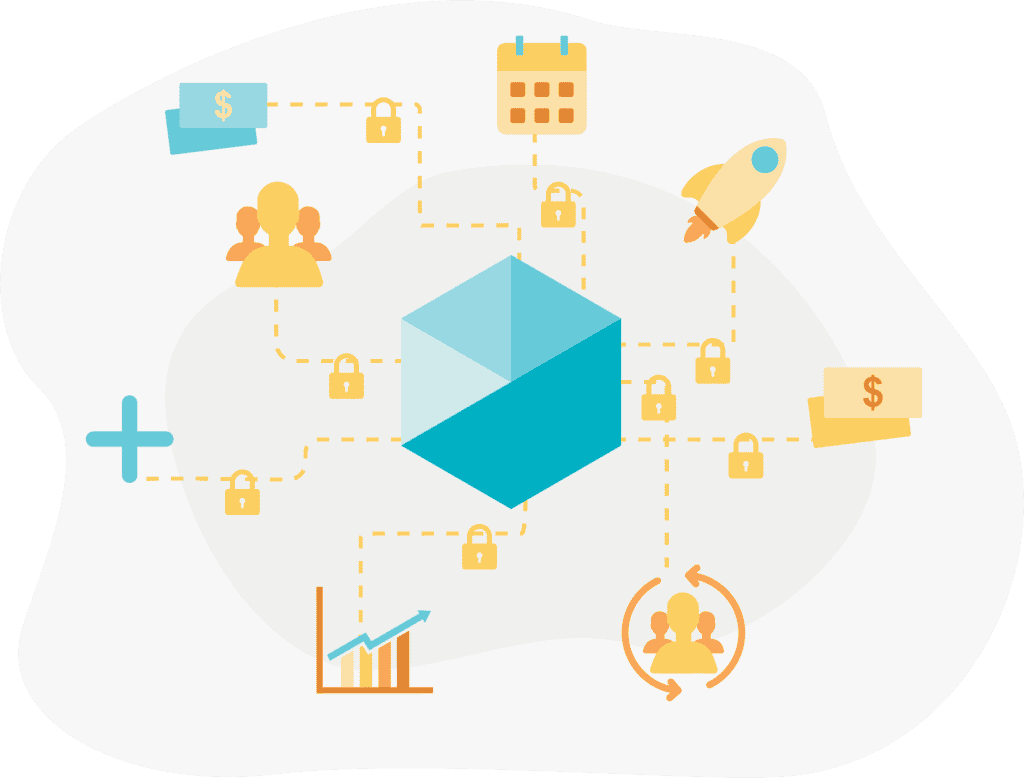Until recently, the term “disruption” in business circles was tied to notions of radical innovation. In the wake of COVID-19, however, the term’s original meaning has been reclaimed. “Business as usual” has become “business unusual.”
Fortunately, distributed and agile ways of working are offering new business agility meaning and providing a roadmap for navigating this difficult terrain.
What Is Business Agility?
But what is agility in business, and what does it actually look like?
Like the aforementioned “disruption,” the term “agile” or, “business agility” has become something of a word-of-the-day. Simply put, business agility describes the ability of an organization to adapt to a changing environment through its own flexibility and ingenuity.
In its white paper, Towards an Agile Culture, the Agile Business Consortium offers a thorough business agility definition:
“Business agility is concerned with the adoption and evolution of values, behaviors, and capabilities that enable businesses and individuals to be more adaptive, creative and resilient when dealing with complexity, uncertainty, and change, leading to improved well-being and better outcomes.”
How well is your organization dealing with complexity, uncertainty, and change?
If it isn’t, chances are you’re not actually in business anymore. By pursuing an agile business model at an organizational level, you can give your business the adaptability necessary to both survive and thrive in this unprecedented environment.
Business Agility During Corona
To quote Bob Dylan, “Times they are a changin.’”
Of course, this the understatement of our era but that doesn’t mean that change itself has to be scary for your business. However, it can be the push your organization needs to better address your customer’s present needs as their behaviors change in response to the pandemic.
Consider these three points:
- More customers will likely seek and use digital channels to obtain products and services. In-person actions will fade to the background of the customer experience as remote and digital customer interactions are foregrounded.
- In the age of COVID-19, conventional interactions between staffers and your organization are evolving such that managers must delegate more aspects of critical decision-making to those “in the field.”
- Maintaining existing connections with customers and fostering new ones is crucial to your organization’s economic well-being.
To address the above, the teams within your organization need to rally around the concept of business agility during COVID-19 and beyond.
Here are three concepts to consider as your company adapts:
1) Operations: Take Your Pick
Remember the cliché “Extraordinary times call for extraordinary measures?” Well, this is that extraordinary time. To remain relevant, your organization might find it needs to restructure and re-allocate its resources to new priorities.
Like the Disney film Frozen, you may find yourself singing “Let it go!” as you ax once-precious procedures in favor of leaner, meaner offerings that focus sharply on specific customer needs.
At this point, many of these will exist within a digital platform.

2) Team Management: Safety in Numbers
Ensuring employee safety is a principal concern. So is empowering employees who are working remotely to make critical, informed decisions in real-time — both of which are enabled by the little ones and zeroes that make up digital solutions like unified communications platforms. Beekeeper’s mobile platform for frontline workers, for example, helps your team communicate better, coordinate faster, and get more done.
3) Communication: Keep in Touch
Whether or not you can see your customers in person, you must continue nurturing those relationships. Beyond being merely friendly, it’s good brand-building. It will keep your business top-of-mind with decision-makers when the time arrives to choose between your or a competitor’s offering. Ditto keeping in contact with your suppliers and vendors — there’s no excuse for being “out of sight and out of mind” when the nearest Zoom room is a click away.
Also, be sure to give voice to customers’ concerns by actually listening to them and amplifying their voice throughout your organization.
Let them share their stories and learn where their problems and your organization’s solution intersect — and, as importantly, where they don’t.
Enterprise Business Agility
With apologies to the Trekkies out there, enterprise business agility has nothing to do with profitably maneuvering the USS Enterprise. It does however refer to the strategy of embedding agile concepts across the array of teams, technology, and processes that represent the totality of your particular enterprise.

What matters is always measured, and that information is leveraged to set a course for your company, as it boldly goes where no company has gone before.
On the surface, the push toward corporate agility may seem spurred by the pandemic, which has galvanized digital transformations at a breakneck pace. The truth is, however, agile cultures have flourished for years, particularly in tech sectors. That said, COVID-19 has certainly led to many companies changing the practices and policies to accommodate the “next normal.”
Agile organizations are inherently customer-centric. Their services and products reflect customer needs since they are directly informed by them through a constant cycle of feedback and iteration. You might have heard the mantra “Fail Fast. Fail Often” or one of its many variations like “Fail Better” or even “Fail Forward” — whatever your brand of “failure,” the point is to iterate and retool quickly to stay ahead of the competition.
This is one of the essential ingredients of a “growth mindset” — the core belief that one’s intelligence and abilities are mutable and can grow (versus a “fixed mindset,” which prescribes that one’s talent and level of intelligence can never change).
Failure is normal when attempting something new whether in business or in life — a setback and an opportunity to learn are one and the same. Failure is part of the process — you don’t know what to fix until you break something. Contrary to the “do or do not” admonishment of a certain green Jedi, there actually is a “try.”
What’s key is adapting to customer needs by restructuring both your resources and operational systems to become a cross-functional, lean customer-focused network. This will give your business the organizational agility and resilience necessary to make successful pivots as circumstances change.
When you have a team that can respond dynamically to change, whether that be a crisis or a reversal of market trends, you can create new customer journeys that are relevant and promote value.
Culture Shock Can Sometimes Be a Good Thing
No matter what your definition of agility in business is, instituting change of this sort, or any sort, can be fraught with resistance. As stated in the white paper, Towards an Agile Culture:
“Changing culture however is a difficult endeavor and requires a great deal of commitment and dedication from the leadership team to make it work. Culture is a very powerful reinforcer and any change that is in direct conflict with the prevailing underlying assumptions, values, and beliefs, will not work.”
– Parag Gogate, Agile Business Consortium

Add to the above external stressors like implementing business agility during COVID-19, and it becomes readily apparent why the mere suggestion of changing your organization’s culture can be daunting. The truth is that it’s already changed. It’s very likely that the way that business is done has already evolved beyond the point of returning to our pre-pandemic modalities.
This is your organization’s opportunity to embrace change and become a venture that is agile, flexible, and resilient within the topsy-turvy nature of business for the foreseeable future. It’s not just a question of surviving, becoming agile is a pathway to thriving. Not only does it benefit your organization, but it helps your employees and customers too.
That’s truly disruptive.







